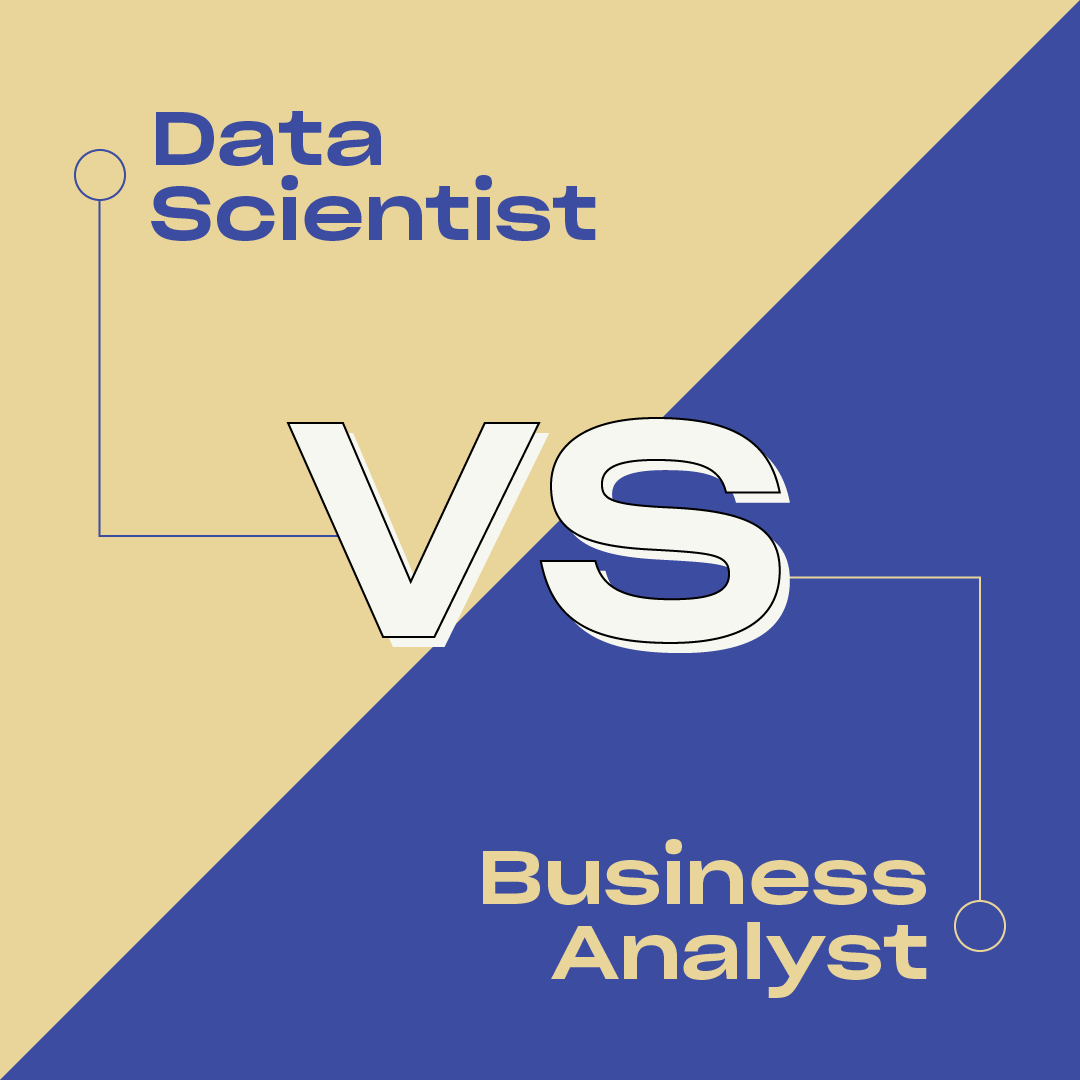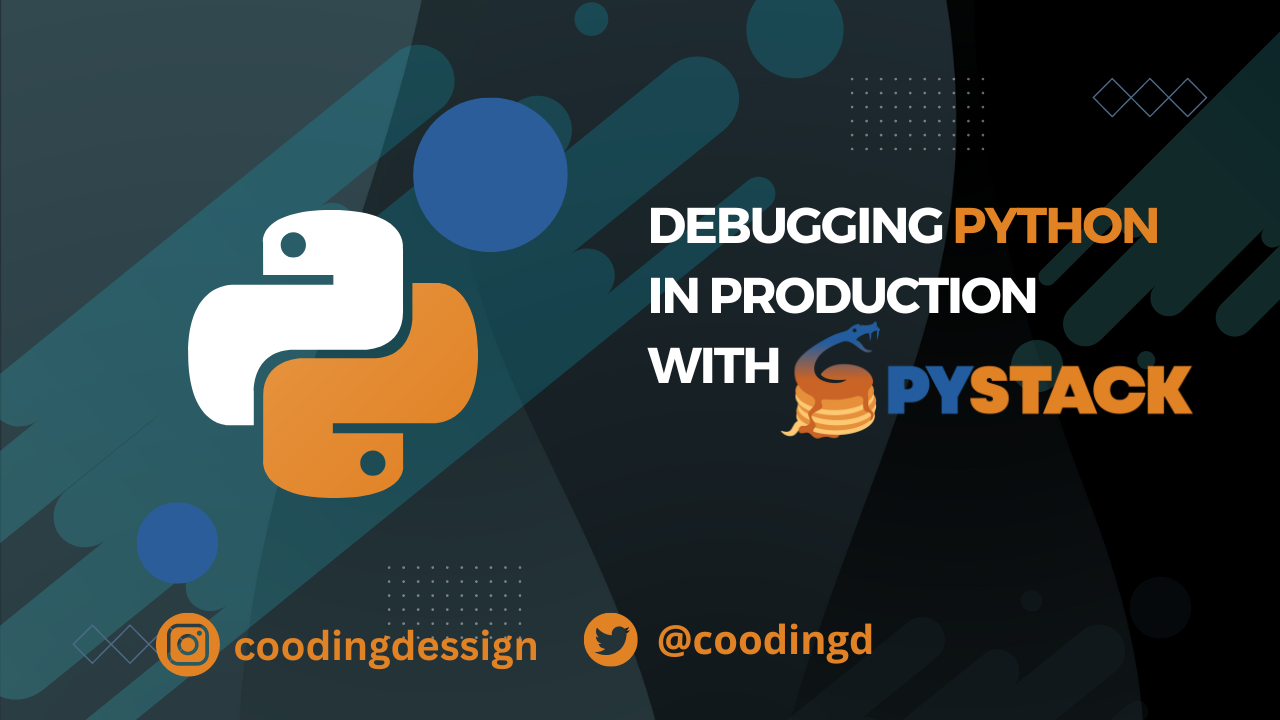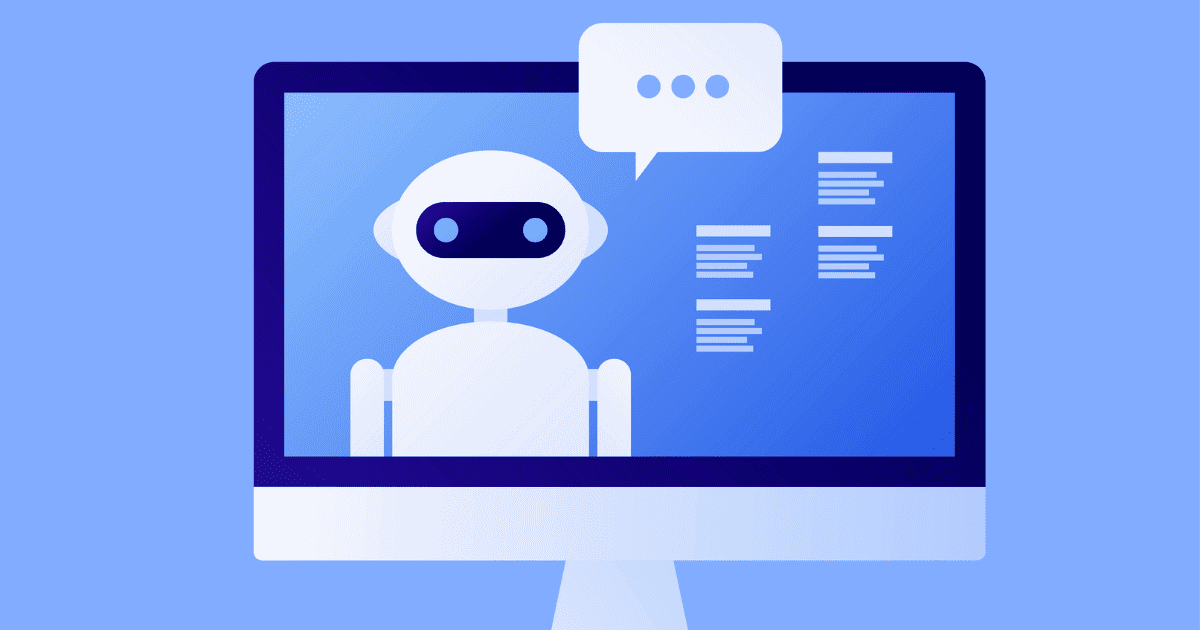While the COVID-19 pandemic impacted many aspects of how we do business, it did not diminish the impact of Artificial Intelligence(AI) on our everyday lives. In fact, it is becoming obvious that self-teaching algorithms and intelligent machines will play a major role in the ongoing battle against this pandemic as well as others that we may face in the future.
There is no doubt that AI remains a key trend when it comes to technology and innovations that will fundamentally change how we live, work, and play in the near future.
According to a study, 77% of the devices that we use currently have AI built into them. AI is the force behind many modern technological comforts that are now part of our day-to-day lives, from a variety of smart gadgets to Netflix recommendations to products like Amazon’s Alexa and Google Home.
In 2019, the global AI market size was estimated at $39.9 billion and a compound annual growth rate (CAGR) of up to 42.2 percent is expected from 2020 to 2027. With continuous research, technology has made massive developments in major fields such as healthcare, retail, automotive, manufacturing, and finance. AI is one essential component that promises to completely transform the digital age with high precision and accuracy.
Artificial Intelligence will continue to serve as a central technological innovation in 2021 and the foreseeable future. In the next decade, the rapid growth and acceptance of current and new technologies would be unparalleled. So here’s an overview of what we can expect in the years to come.
1. Robotic Process Automation (RPA)
To streamline business processes and reduce costs, more CIOs are turning to an evolving technology practice called Robotic Process Automation (RPA). With RPA, organizations can automate rule-based tedious business processes, allowing their workforce to devote more time to serving clients or other higher-value work.
RPA is aimed at the automation of business processes, governed by business logic and organized inputs. RPA solutions can range from something as easy as producing an automated email response to deploying thousands of bots, each programmed in an ERP system to automate rule-based tasks. RPA is being implemented across industry verticals like manufacturing, KPO, HR, and finance.
 2. Conversational AI
AI-powered chatbots, also known as Conversational AI, enhance the customer experience’s reach, responsiveness, and personalization. According to Forrester, conversational AI solutions transform into better automation of customer service.
To better understand what the human says and needs, an AI-powered chatbot uses natural language processing (NLP) and machine learning to provide a more natural, near-human-level interaction.
3. The role of AI in Healthcare
Big Data has been extensively used to identify COVID patients and critical hot points. AI is already helping the healthcare sector to a great degree with high accuracy. Besides, researchers have developed thermal cameras and mobile applications to monitor individual temperatures and to collect data for healthcare organizations.
By leveraging data analysis and predicting various outcomes, AI can support healthcare facilities in several unique ways. AI and ML instruments offer insights into human health and also recommend preventive steps to avoid the spread of diseases. AI solutions also help doctors remotely track the health of their patients, thereby advancing teleconsultation and remote care.
4. Increase in demand for ethical AI
There is a growing demand for ethical AI and it is at the top of the list of emerging developments in technology. The next decade, according to Forrester, will require CIOs to both respond to digital acceleration and proactively handle uncertainty and business continuity with the ethical use of Artificial Intelligence.
Looking at how trends are rapidly changing, values-based customers and workers expect businesses to implement AI responsibly. Companies will actively choose to do business with partners committed to data ethics in the next few years.
5. AI for Cybersecurity and knowledge breach
In the coming years, knowledge will grow to be extra accessible, and digital data will be at greater risk of being compromised and exposed to hacking and phishing attacks. AI and emerging technology will provide the security department with support in every area against malicious activities. AI will help deter cybercrimes in the future with improved cybersecurity measures. Fake digital activity or transactions that match criminal trends will be detected by the AI-enabled framework.
6. The Intersection of the Internet of Things with AI (AIoT)
There is a growing blurring of boundaries between AI and IoT. Although both technologies have individual characteristics, when used together, better and more unique possibilities open up. The confluence of AI and IoT is primarily the reason we have intelligent voice assistants such as Alexa and Siri.
The ability of AI to gain insights from data quickly makes IoT solutions more intelligent. Gartner predicts that more than 80 percent of enterprise IoT projects will implement AI in some way by 2022.
7. Natural Language Processing (NLP)
NLP is one of the widely used applications of AI in the present time. NLP’s growing popularity can be credited to its significant usage as Amazon Alexa and Google Home. The need for writing or communicating with a screen has been eliminated by NLP as now humans can communicate with robots that understand their language.
In 2021, the use of NLP for sentiment analysis, machine translation, process description, auto-video caption generation, and chatbots is expected to increase.
8. Reinforcement Learning
Reinforced learning (RL) is a specific application of deep learning that works based on its experience to enhance the efficiency and effectiveness of data. Some use cases of RL are robotics in planning business strategies, optimizing advertisement content, automating industries, controlling aircraft, and making motion control robots.
9. Quantum AI
To measure the Qubits for use in supercomputers, advanced companies will begin using quantum supremacy. Because of quantum bits, quantum computers solve problems at a quicker pace than classic computers do. Besides, they assist in the interpretation of data and then forecast several unique trends.
Quantum computers will help multiple organizations identify inaccessible issues and also predict meaningful solutions. Future computers will also support diverse use cases in fields like healthcare, finance, and chemistry.
10. AI-Powered Business Forecasting, and Analysis
AI solutions assist in redefining business processing with real-time alerts. Researchers paired hyper-automation with cognitive automation to deeply understand market needs. Content-intelligent technologies, along with AI-supportive practices, will assist digital workers to develop outstanding abilities. Such skills can help them cope with the automation of natural language, judgment, context formation, reasoning, and data-related insights.
11. Edge Computing
Edge computing provides gadgets with servers and data storage to access their devices and allows them to put data into them. It is defined as data processing in real-time and is more powerful than cloud computing services. There is another instance of edge computing that is carried on nodes. It is a mini-server located in the vicinity of a local telecommunications provider. Nodes help to build a bridge between the local service provider and the cloud. It costs less, saves time, and provides customers with fast service.
2. Conversational AI
AI-powered chatbots, also known as Conversational AI, enhance the customer experience’s reach, responsiveness, and personalization. According to Forrester, conversational AI solutions transform into better automation of customer service.
To better understand what the human says and needs, an AI-powered chatbot uses natural language processing (NLP) and machine learning to provide a more natural, near-human-level interaction.
3. The role of AI in Healthcare
Big Data has been extensively used to identify COVID patients and critical hot points. AI is already helping the healthcare sector to a great degree with high accuracy. Besides, researchers have developed thermal cameras and mobile applications to monitor individual temperatures and to collect data for healthcare organizations.
By leveraging data analysis and predicting various outcomes, AI can support healthcare facilities in several unique ways. AI and ML instruments offer insights into human health and also recommend preventive steps to avoid the spread of diseases. AI solutions also help doctors remotely track the health of their patients, thereby advancing teleconsultation and remote care.
4. Increase in demand for ethical AI
There is a growing demand for ethical AI and it is at the top of the list of emerging developments in technology. The next decade, according to Forrester, will require CIOs to both respond to digital acceleration and proactively handle uncertainty and business continuity with the ethical use of Artificial Intelligence.
Looking at how trends are rapidly changing, values-based customers and workers expect businesses to implement AI responsibly. Companies will actively choose to do business with partners committed to data ethics in the next few years.
5. AI for Cybersecurity and knowledge breach
In the coming years, knowledge will grow to be extra accessible, and digital data will be at greater risk of being compromised and exposed to hacking and phishing attacks. AI and emerging technology will provide the security department with support in every area against malicious activities. AI will help deter cybercrimes in the future with improved cybersecurity measures. Fake digital activity or transactions that match criminal trends will be detected by the AI-enabled framework.
6. The Intersection of the Internet of Things with AI (AIoT)
There is a growing blurring of boundaries between AI and IoT. Although both technologies have individual characteristics, when used together, better and more unique possibilities open up. The confluence of AI and IoT is primarily the reason we have intelligent voice assistants such as Alexa and Siri.
The ability of AI to gain insights from data quickly makes IoT solutions more intelligent. Gartner predicts that more than 80 percent of enterprise IoT projects will implement AI in some way by 2022.
7. Natural Language Processing (NLP)
NLP is one of the widely used applications of AI in the present time. NLP’s growing popularity can be credited to its significant usage as Amazon Alexa and Google Home. The need for writing or communicating with a screen has been eliminated by NLP as now humans can communicate with robots that understand their language.
In 2021, the use of NLP for sentiment analysis, machine translation, process description, auto-video caption generation, and chatbots is expected to increase.
8. Reinforcement Learning
Reinforced learning (RL) is a specific application of deep learning that works based on its experience to enhance the efficiency and effectiveness of data. Some use cases of RL are robotics in planning business strategies, optimizing advertisement content, automating industries, controlling aircraft, and making motion control robots.
9. Quantum AI
To measure the Qubits for use in supercomputers, advanced companies will begin using quantum supremacy. Because of quantum bits, quantum computers solve problems at a quicker pace than classic computers do. Besides, they assist in the interpretation of data and then forecast several unique trends.
Quantum computers will help multiple organizations identify inaccessible issues and also predict meaningful solutions. Future computers will also support diverse use cases in fields like healthcare, finance, and chemistry.
10. AI-Powered Business Forecasting, and Analysis
AI solutions assist in redefining business processing with real-time alerts. Researchers paired hyper-automation with cognitive automation to deeply understand market needs. Content-intelligent technologies, along with AI-supportive practices, will assist digital workers to develop outstanding abilities. Such skills can help them cope with the automation of natural language, judgment, context formation, reasoning, and data-related insights.
11. Edge Computing
Edge computing provides gadgets with servers and data storage to access their devices and allows them to put data into them. It is defined as data processing in real-time and is more powerful than cloud computing services. There is another instance of edge computing that is carried on nodes. It is a mini-server located in the vicinity of a local telecommunications provider. Nodes help to build a bridge between the local service provider and the cloud. It costs less, saves time, and provides customers with fast service.
12. Rise of a Hybrid workforce
Post the COVID-19 pandemic, companies will hop onto the RPA bandwagon, which means that cognitive AI and RPA will be widely applied to cope with high-volume, repetitive activities. As examples of growing usage arise, the office will move to a hybrid workforce environment. The human workforce will work with automated bots and various digital assistants. The emergence of a hybrid workforce will imply more collaborative experiences with AI.
Conclusion
We look forward to seeing how these developments in machine learning and AI pan out and what innovations they bring to the table in 2021.
AI’s spectrum is broad and varies from one organization to another. Organizations need to stay up-to-date with emerging trends and find ways to leverage AI-powered solutions to scale new heights. Drop us a line to know how we can help your business with AI, machine learning, and annotation services.


 2. Conversational AI
2. Conversational AI




